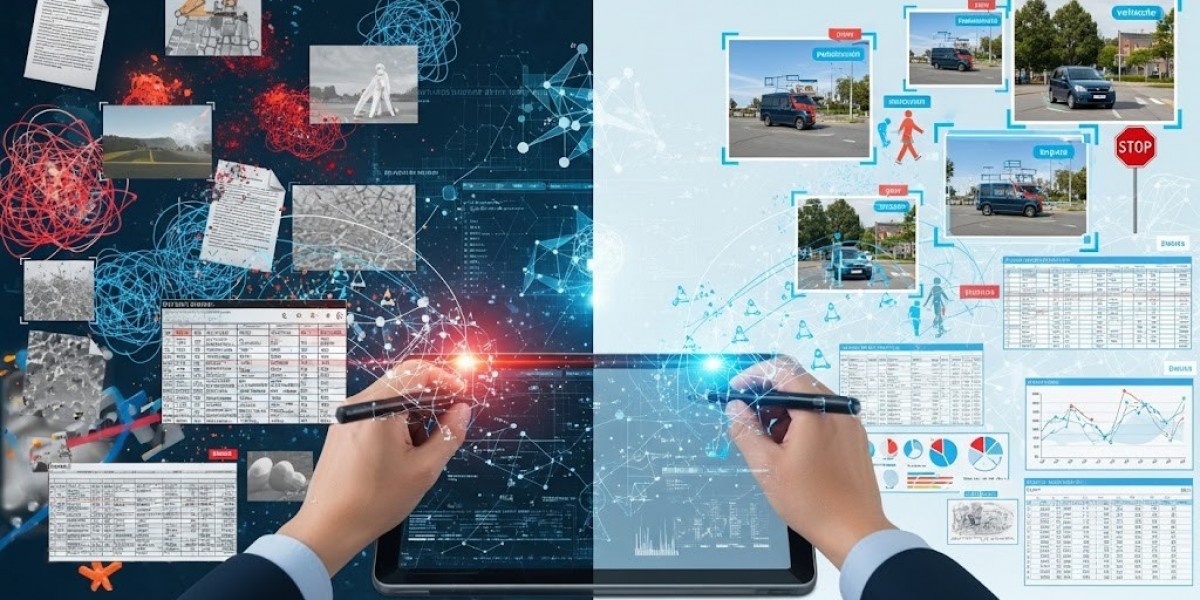The construction industry is undergoing a fundamental shift. Growing concerns about climate change, resource scarcity, and urban health have led to the rise of practices that prioritize environmental and social responsibility. Buildings are no longer evaluated only on aesthetics and functionality but also on their impact on the planet.
This is where sustainable architecture firms take center stage. By embracing green building design, they create projects that reduce environmental footprints while improving the lives of the people who use them. Their purpose goes far beyond construction—it is about shaping communities, economies, and ecosystems for the future.
Understanding the Purpose of Green Building
The primary purpose of green building design is to minimize harm to the environment while maximizing efficiency and comfort. This involves balancing energy use, resource conservation, and human well-being within a single structure.
Green buildings are designed to consume fewer resources, reduce waste, and operate efficiently throughout their lifespans. They also support the health of occupants by integrating natural light, clean air systems, and eco-friendly materials. The outcome is a space that serves people without compromising the needs of future generations.
Environmental Impact of Green Construction
Reducing Carbon Emissions
Buildings account for a significant percentage of global carbon emissions. Green design prioritizes energy efficiency, renewable energy sources, and smart technologies to cut emissions drastically.
Conserving Natural Resources
From responsibly sourced timber to water-saving fixtures, green construction emphasizes conservation. These choices reduce pressure on ecosystems and extend the availability of resources.
Supporting Biodiversity
Eco-conscious projects integrate landscaping and urban greenery that provide habitats for local wildlife. Green roofs, vertical gardens, and natural corridors connect cities back to ecosystems.
Benefits of Green Building Design
Lower operational costs: Energy-efficient systems and renewable sources reduce utility bills, offering long-term savings. These reductions also attract investors and tenants seeking lower overheads.
Improved occupant health: Access to natural light, better air quality, and non-toxic materials enhance well-being, which translates into higher productivity and satisfaction.
Increased property value: Market demand for sustainable spaces is rising. Green certifications and eco-friendly designs increase the marketability of properties, often commanding higher prices.
Regulatory compliance: Many governments now enforce strict sustainability standards. Buildings designed with green principles meet these requirements more easily.
Each of these benefits demonstrates how green construction adds both environmental and financial value.
Role of Technology in Green Building
Technology plays a vital role in advancing sustainability goals.
Smart systems: Automated lighting, heating, and cooling systems reduce waste by responding to occupancy and weather conditions.
Energy modeling software: Digital tools allow architects to simulate performance and optimize designs before construction begins.
Renewable integration: Solar panels, wind turbines, and geothermal systems are incorporated seamlessly into design for long-term energy independence.
Technology ensures that sustainability is practical, scalable, and adaptable to evolving needs.
Social Purpose of Sustainable Construction
Green building design is not only about the environment. It also contributes to social progress.
Creating Healthier Communities
By reducing pollution and promoting wellness, sustainable construction enhances community health. Access to parks, natural light, and clean air improves overall quality of life.
Encouraging Equity
Affordable green housing ensures that sustainability is accessible to diverse populations. This prevents eco-friendly solutions from being limited to luxury markets.
Building Resilience
Sustainable projects are often more resilient to climate events. Structures built with durability and adaptability protect communities against floods, heatwaves, and storms.
Economic Purpose of Green Building
Developers and investors also recognize the economic benefits of sustainability.
Lower long-term costs: Energy and maintenance savings add up, creating better financial stability for owners.
Market competitiveness: Eco-conscious design differentiates properties in crowded markets, making them more attractive to buyers and tenants.
Job creation: Green construction generates demand for skilled professionals in renewable energy, sustainable materials, and eco-focused design.
These advantages make sustainability an economic driver, not just an ethical choice.
Overcoming Challenges in Sustainable Design
Despite its advantages, green building faces hurdles.
Higher upfront costs: Sustainable materials and technologies often come with greater initial investment. However, these costs are offset by long-term savings.
Complex regulations: Navigating environmental standards requires expertise. Partnering with experienced firms ensures compliance without delays.
Limited awareness: Some stakeholders still perceive green building as optional. Education about its financial and social benefits helps shift this mindset.
By addressing these challenges directly, sustainable design continues to grow in influence.
Practical Steps Toward Sustainable Construction
Start with energy efficiency: Simple changes in insulation, windows, and systems drastically cut energy use. This is often the most impactful first step.
Incorporate renewable energy: Solar or wind systems integrated during design provide long-term independence and cost savings.
Choose sustainable materials: Non-toxic, recyclable, and locally sourced materials reduce environmental impact and support local economies.
Engage with experts early: Collaboration with sustainability consultants ensures that strategies are built into the design process from the beginning.
Each step moves projects closer to achieving meaningful environmental and social goals.
Conclusion
The purpose of green building design is broader than efficiency; it is about creating structures that harmonize environmental, social, and economic needs. By reducing resource consumption, improving occupant health, and increasing property value, sustainability redefines how success is measured in construction.
Much like the influence of Architectural branding, sustainable practices ensure that buildings carry long-lasting identity and impact. For developers, firms, and communities, embracing this approach is not simply a trend but a responsibility that shapes the future of urban life.








